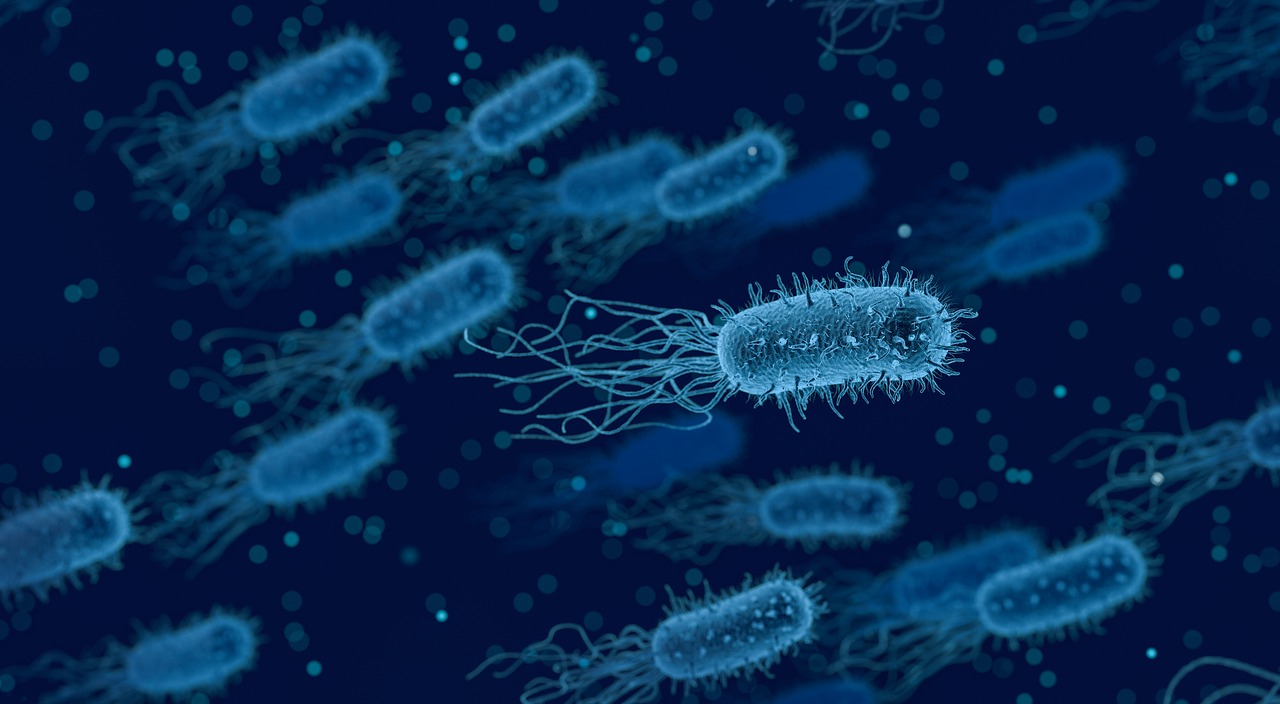Welcome to Monsters of the Microverse, a blog series in which I take microscopic creatures and bring them into the fantastical world of Dungeons and Dragons! Much of the inspiration for this series comes from the YouTube channel Journey to the Microcosmos, which I highly recommend checking out.
To incorporate these monsters into your D&D games, you might make them the products of transmutation magic which, either intentionally or unintentionally, supersized them to the point where they exist at a scale where they can meaningfully interact with the world of the adventurers. Alternatively, these creatures may serve as the focus of an adventure in which the heroes are shrunk down to the size of microbes and have to deal with the challenges of navigating a microscopic world.

Tardigrades are eight legged microorganisms that live in wet environments such as swamps and lakes. Thanks to their round bodies and stubby claws these creatures are colloquially referred to as “water bears.” When enlarged through transmutation magic, tardigrades gravitate towards the same niches as their four legged namesakes, subsisting on an omnivorous diet of grasses and fish.
Survivor. Tardigrades are famous for their resilience and are able to withstand extreme temperatures and environments. When near death, a tardigrade enters a catatonic state known as “cryptobiosis,” in which they hide inside a protective cyst and regenerate, waiting until the danger has passed before waking up. This unique ability has drawn the attention of various alchemists who seek to harness the tardigrade’s knack for survival and distill it into a life preserving tincture.
Tardigrade Cubs. Tardigrades give birth by laying eggs into a shedded skin or “cuticle.” The mother tardigrade then carries the eggs with her until they are ready to hatch. If raised from birth, a tardigrade cub can be trained to follow basic commands, and when grown to full size, can even serve as a mount. That said, tardigrade taming is a dangerous profession, as the creatures often prove to be stubborn and voracious.
Tardigrade
Large beast, unaligned
Armor Class 13 (natural armor)
Hit Points 57 (6d10 + 24)
Speed 30 ft., climb 30 ft., swim 40 ft.
STR 18 (+4) DEX 10 (+0) CON 18 (+4) INT 2 (-4) WIS 12 (+1) CHA 6 (-2)
Saving Throws STR +6, CON +6
Skills Perception +3
Damage Resistances Cold, Fire, Lightning; Bludgeoning, Piercing, and Slashing from Nonmagical Attacks
Senses Passive Perception 11
Languages –
Challenge 3 (700 XP) Proficiency Bonus +2
Amphibious. The tardigrade can breathe air and water.
Keen Smell. The tardigrade has advantage on Wisdom (Perception) checks that rely on smell.
Cryptobiosis. When the tardigrade drops to 0 hit points, instead of dying it curls up and forms a protective cyst around itself. While in this state the tardigrade has a speed of 0 and immunity to cold, fire, lightning, bludgeoning, piercing, and slashing damage. If the tardigrade takes any damage while in cryptobiosis it dies. Otherwise, it stays in this state for 1d6 + 2 days, after which it gains 1 hit point and reanimates.
ACTIONS
Multiattack. The tardigrade makes two attacks: one with its bite and one with its claws.
Bite. Melee Weapon Attack: +6 to hit, reach 5 ft., one target. Hit: 9 (1d10 + 4) piercing damage.
Claws. Melee Weapon Attack: +6 to hit, reach 5 ft., one target. Hit: 13 (2d8 + 4) slashing damage.
Tardigrade Cub
Small beast, unaligned
Armor Class 13 (natural armor)
Hit Points 33 (6d6 + 12)
Speed 30 ft., climb 30 ft., swim 40 ft.
STR 14 (+2) DEX 10 (+0) CON 14 (+2) INT 2 (-4) WIS 12 (+1) CHA 6 (-2)
Saving Throws STR +4, CON +4
Skills Perception +3
Damage Resistances Cold, Fire, Lightning; Bludgeoning, Piercing, and Slashing from Nonmagical Attacks
Senses Passive Perception 11
Languages –
Challenge 1/2 (100 XP) Proficiency Bonus +2
Amphibious. The tardigrade can breathe air and water.
Keen Smell. The tardigrade has advantage on Wisdom (Perception) checks that rely on smell.
Cryptobiosis. When the tardigrade drops to 0 hit points, instead of dying it curls up and forms a protective cyst around itself. While in this state the tardigrade has a speed of 0 and immunity to cold, fire, lightning, bludgeoning, piercing, and slashing damage. If the tardigrade takes any damage while in cryptobiosis it dies. Otherwise, it stays in this state for 1d6 + 2 days, after which it gains 1 hit point and reanimates.
ACTIONS
Claws. Melee Weapon Attack: +6 to hit, reach 5 ft., one target. Hit: 7 (2d4 + 2) slashing damage.
